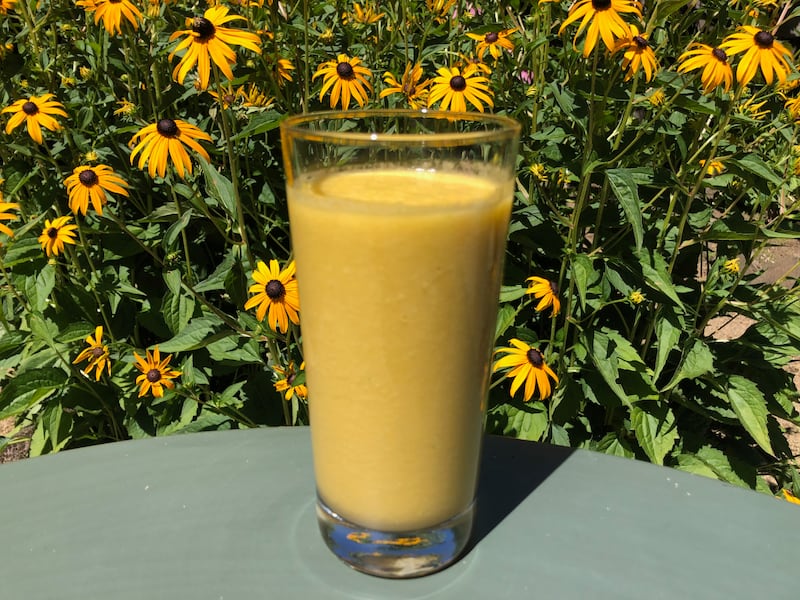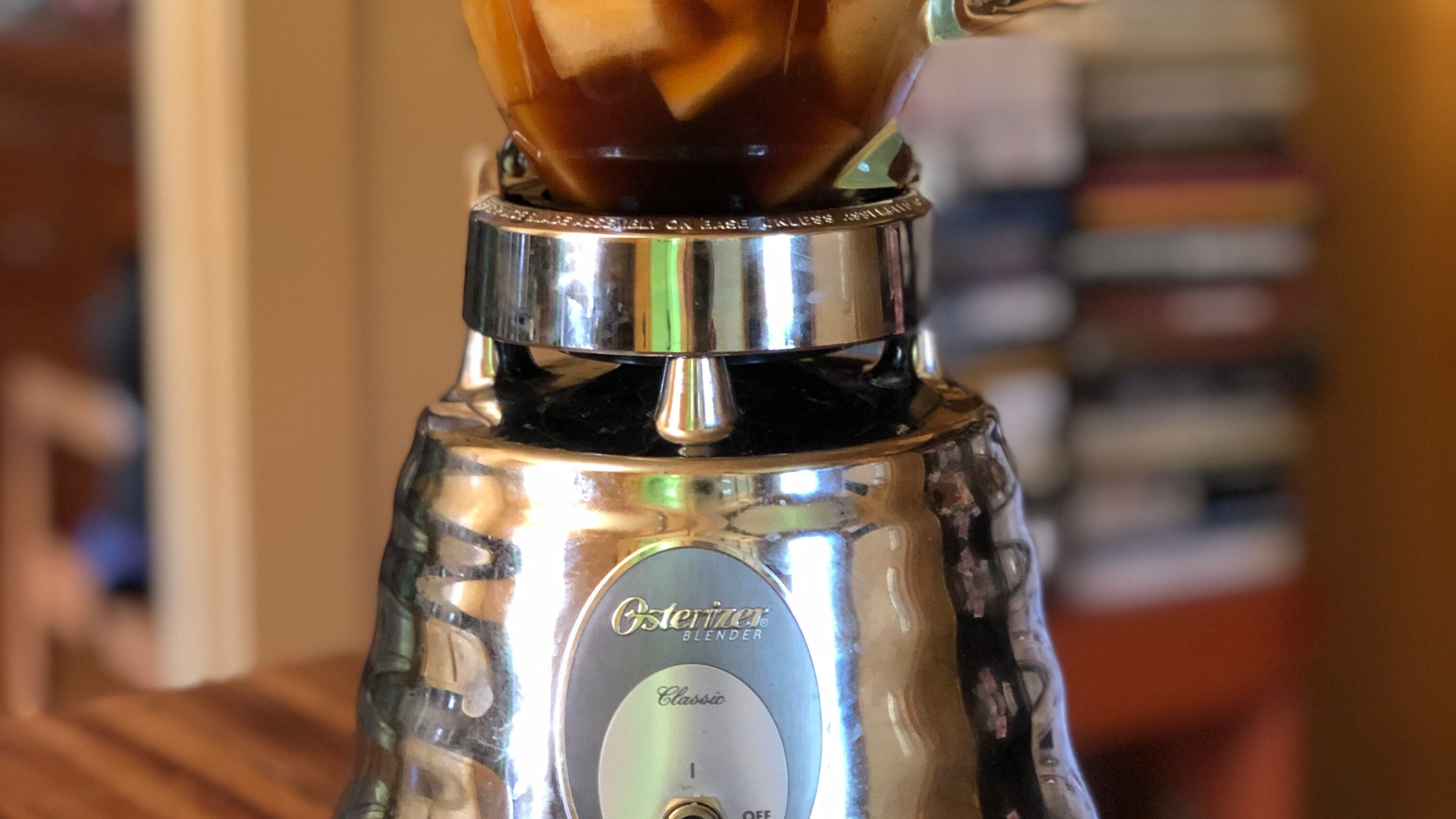Jim Dixon wrote about food for WW for more than 20 years, but these days most of his time is spent at his olive oil-focused specialty food business Wellspent Market. Jim’s always loved to eat, and he encourages his customers to cook by sending them recipes every week through his newsletter. We’re happy to have him back creating some special dishes just for WW readers.
Gazpacho has come a long way. While diners of a certain age might shudder at the memory of green olives and cucumber slices floating in cold bowls of tomato juice that introduced the crazy notion of cold soup to America, most of us would likely reject the original version from the Iberian Peninsula: stale bread pounded into a paste with garlic, olive oil and vinegar.
Ancient Greeks and Romans ate a similar bread-and-vinegar mush, as did the Ottomans and Moors. Some claim the word itself comes from Arabic, others say Hebrew, and both Latin and obscure Spanish dialects get credited as well.
Fortunately, the invention of the blender in the 1920s ushered in the age of modern gazpacho, a mashup of Old World traditions, New World vegetables, and powerful technology. Some die-hards might insist that a mortar, pestle, and elbow grease make a better gazpacho, but the rest of us will smugly drop a handful of ingredients into our Osterizers and Vitamixes and hit the button.
The chilled, emulsified results—really more salmorejo than gazpacho, but we’ll ignore that technicality—might be the very best thing to drink on a hot day. And drinking, not eating, is the best way to consume gazpacho. So find a shady spot and pour yourself a tall, cold glass.

Cantaloupe Gazpacho
The recipe quantities are based on how much I can fit in my blender, and makes about a quart
1/2 cantaloupe, peeled, seeded, cut into chunks
1 small Persian cucumber, cut into pieces*
1 Anaheim chile, stem, seeds, and white membrane removed, cut into pieces
1 small onion, or 1/2 of a larger one, preferably a Walla Walla, coarsely chopped
2 tablespoons sherry vinegar
1 teaspoon kosher-style salt
1/2 cup cold water**
1/2 cup good extra-virgin olive oil
*Persian and English cucumbers are also called burpless and have more edible skins. A more waxy-skinned slicing cuke will work, but peel it first.
**A handful of ice cubes also works and will give you cold gazpacho right from the blender.
Put all the ingredients except the olive oil into a blender. Cover and turn on, and when the contents are completely blended, open the top and pour in the olive oil. Cover and let the blender run for another minute. Chill the gazpacho well before serving in tall glasses.

